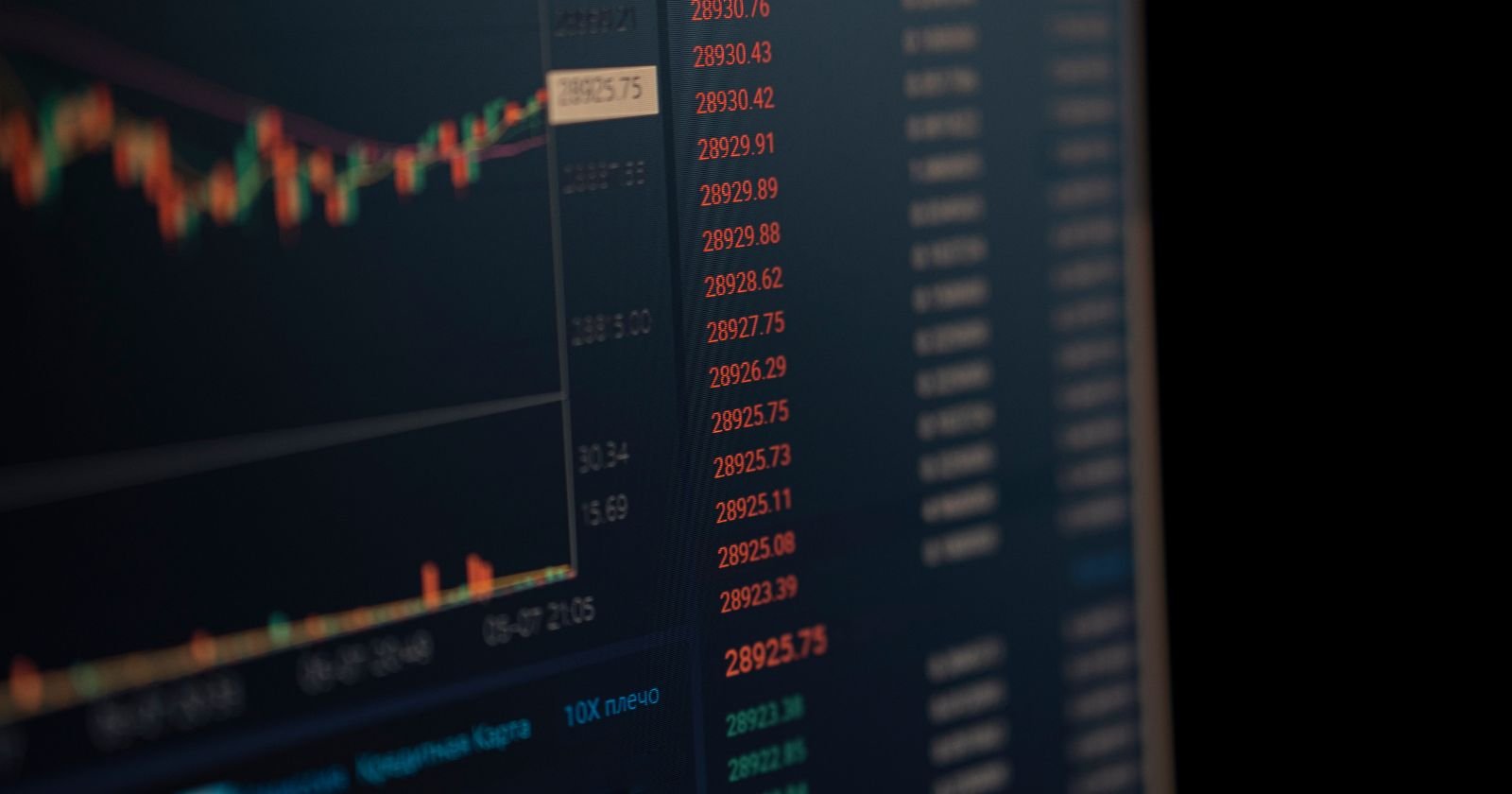The stock market is often portrayed as a fast-paced, dynamic arena where fortunes are made and lost in the blink of an eye. Behind this portrayal lie a multitude of trading strategies, each with its own unique approach and level of complexity. Whether you’re a seasoned investor or a newcomer to the world of finance, understanding the different types of trading can be instrumental in navigating this ever-changing landscape. In this comprehensive guide, we’ll delve into the various types of trading in the stock market, exploring their characteristics, risks, and potential rewards.
Types of Trading
Day Trading (Intraday)
Day trading is perhaps the most well-known and adrenaline-fueled form of trading in the stock market. Day traders aim to profit from short-term price movements by buying and selling securities within the same trading day. This strategy requires quick decision-making, sharp analytical skills, and the ability to react swiftly to market developments. Day traders often rely on technical analysis, utilizing charts, patterns, and indicators to identify trading opportunities. While day trading offers the potential for significant gains, it also comes with high levels of risk due to the volatile nature of intraday price movements and the potential for substantial losses if trades go against expectations.
Swing Trading
Swing trading takes a more relaxed approach compared to day trading, focusing on capturing intermediate-term price movements over several days to weeks. Swing traders aim to profit from short-to-medium-term fluctuations in market sentiment, often using a combination of technical and fundamental analysis to identify potential entry and exit points. Unlike day traders, swing traders are not concerned with intraday price fluctuations and may hold positions overnight or even for several weeks. While swing trading requires less time and attention than day trading, it still demands careful risk management and the ability to adapt to changing market conditions.
Position Trading
Position trading takes a long-term perspective, with traders holding positions for weeks, months, or even years to capitalize on sustained trends in the market. Position traders focus on fundamental analysis, evaluating the financial health and growth prospects of companies to inform their investment decisions. Unlike day traders and swing traders, position traders are less concerned with short-term price movements and instead seek to capture the long-term intrinsic value of their investments. Position trading requires patience, discipline, and a strong conviction in one’s investment thesis, as positions may experience periods of volatility and drawdowns before reaching their full potential.
Algorithmic Trading
Algorithmic trading, also known as algo trading or automated trading, involves the use of computer algorithms to execute trades automatically based on predefined criteria. Algorithmic traders rely on quantitative analysis, statistical models, and algorithms to identify trading opportunities and execute trades with speed and efficiency. Algorithmic trading has become increasingly popular in recent years due to advancements in technology and the proliferation of algorithmic trading platforms and tools. While algorithmic trading can offer advantages such as increased speed, reduced human error, and the ability to capitalize on market inefficiencies, it also comes with risks such as technical glitches, system failures, and the potential for algorithmic biases to amplify market volatility.
Options Trading
Options trading adds a layer of complexity to the stock market, allowing traders to speculate on price movements or hedge their existing positions using options contracts. Options give traders the right, but not the obligation, to buy or sell an underlying asset at a predetermined price within a specified time frame. Options traders use a variety of strategies, including buying calls or puts, selling covered calls, and constructing complex spreads to profit from changes in volatility or mitigate risk. Options trading requires a solid understanding of derivatives markets, as well as careful risk management and the ability to navigate the complexities of options pricing and strategies.
Cryptocurrency Trading
Cryptocurrency trading has emerged as a distinct subset of the stock market, offering investors the opportunity to trade digital currencies such as Bitcoin, Ethereum, and Litecoin. Cryptocurrency trading operates in a decentralized ecosystem characterized by 24/7 trading and heightened volatility. Cryptocurrency traders use a variety of strategies, including day trading, swing trading, and long-term investment approaches, to capitalize on price movements in the crypto market. However, cryptocurrency trading comes with unique risks, including regulatory uncertainty, security vulnerabilities, and the potential for extreme price fluctuations. Despite these challenges, cryptocurrency trading has attracted a growing number of investors seeking to capitalize on the potential for outsized returns in this nascent asset class.
Conclusion
In conclusion, the stock market offers a diverse array of trading strategies, each with its own advantages, risks, and complexities. Whether you’re a day trader chasing short-term gains or a position trader building a long-term investment portfolio, understanding the various types of trading can help you navigate the complexities of the stock market more effectively. By choosing the right trading strategy and employing sound risk management principles, investors can increase their chances of success in the challenging and rewarding world of stock market trading.

